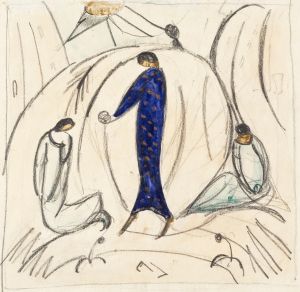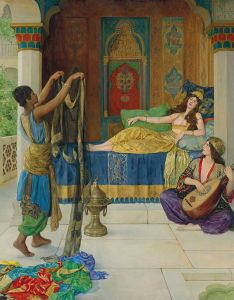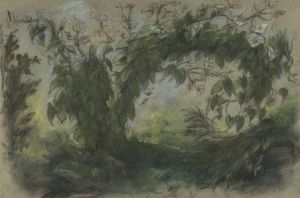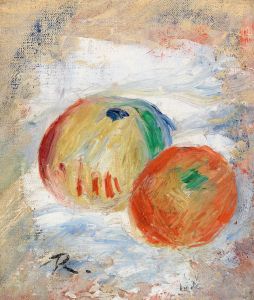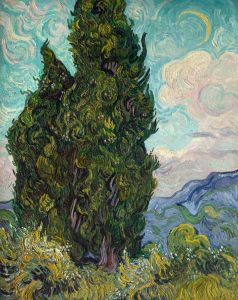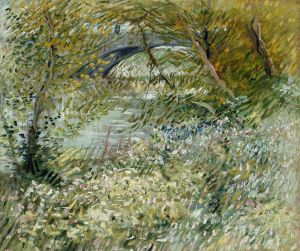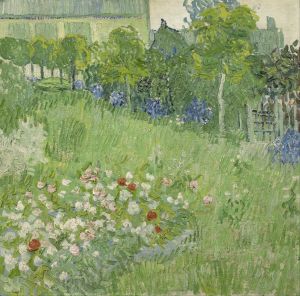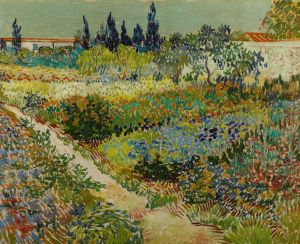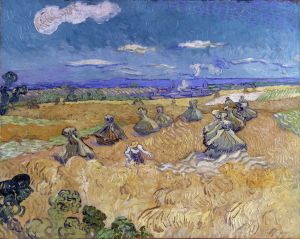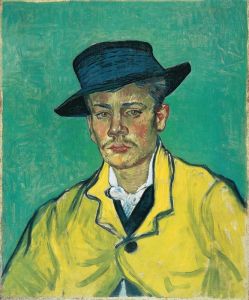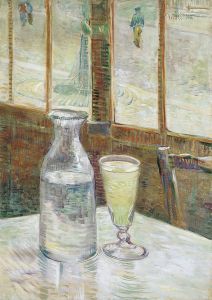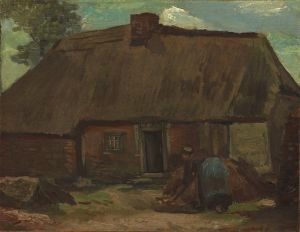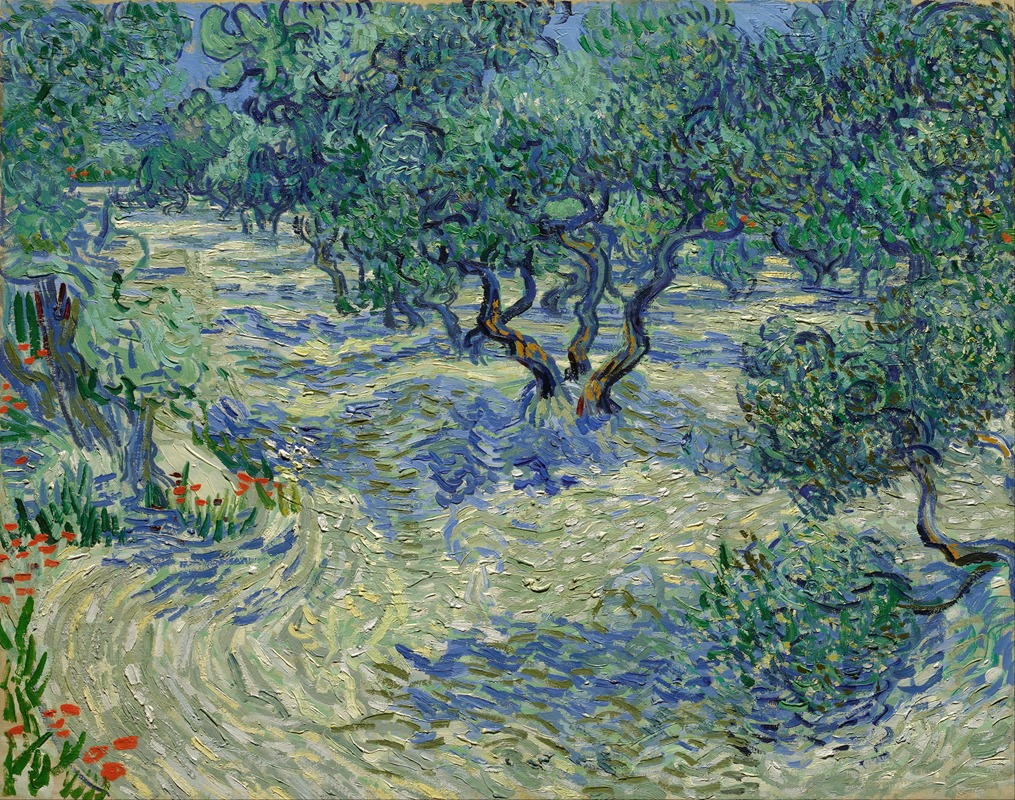
Olive Orchard
A hand-painted replica of Vincent van Gogh’s masterpiece Olive Orchard, meticulously crafted by professional artists to capture the true essence of the original. Each piece is created with museum-quality canvas and rare mineral pigments, carefully painted by experienced artists with delicate brushstrokes and rich, layered colors to perfectly recreate the texture of the original artwork. Unlike machine-printed reproductions, this hand-painted version brings the painting to life, infused with the artist’s emotions and skill in every stroke. Whether for personal collection or home decoration, it instantly elevates the artistic atmosphere of any space.
"Olive Orchard" is a painting by the renowned Dutch artist Vincent van Gogh, created in 1889 during his stay at the asylum in Saint-Rémy-de-Provence, France. This period is often considered one of the most productive and artistically significant phases of Van Gogh's career. The painting is part of a series of works that Van Gogh dedicated to olive trees, which he found to be a source of inspiration and solace during his time in the south of France.
Vincent van Gogh was admitted to the asylum at Saint-Rémy-de-Provence in May 1889, following a series of personal crises and mental health challenges. Despite his struggles, Van Gogh's time at the asylum was marked by an extraordinary outpouring of creativity. He was allowed to work in the fields surrounding the institution, where he found the natural landscape deeply inspiring. The olive groves, in particular, captured his attention, and he produced at least 15 paintings of olive trees during his stay.
"Olive Orchard" exemplifies Van Gogh's distinctive style, characterized by bold colors, dynamic brushwork, and an expressive use of line. In this painting, Van Gogh employs a vibrant palette to depict the olive trees, using swirling, rhythmic brushstrokes to convey the movement and vitality of the natural world. The trees are rendered with a sense of individuality, each one twisting and turning in a unique manner, reflecting Van Gogh's fascination with the expressive potential of nature.
The painting is notable for its exploration of color and light. Van Gogh uses contrasting colors to create a sense of depth and to highlight the interplay of light and shadow in the orchard. The sky is often depicted in shades of blue and white, providing a striking contrast to the rich greens and earthy tones of the trees and ground. This use of color not only captures the physical appearance of the landscape but also conveys Van Gogh's emotional response to the scene.
Van Gogh's olive tree paintings, including "Olive Orchard," are often interpreted as reflections of his inner turmoil and his search for peace and stability. The olive tree, a symbol of peace and endurance, may have held particular significance for Van Gogh during this tumultuous period of his life. Through these works, Van Gogh sought to express his connection to nature and his desire for harmony amidst the chaos of his mental health struggles.
"Olive Orchard" is housed in various collections, with some of Van Gogh's olive tree paintings residing in major museums around the world. These works continue to be celebrated for their emotional depth and artistic innovation, offering insight into Van Gogh's unique vision and his ability to find beauty and meaning in the natural world.
Overall, "Olive Orchard" stands as a testament to Vincent van Gogh's enduring legacy as one of the most influential figures in Western art. His ability to transform personal suffering into works of profound beauty and emotional resonance continues to captivate audiences and inspire artists to this day.





